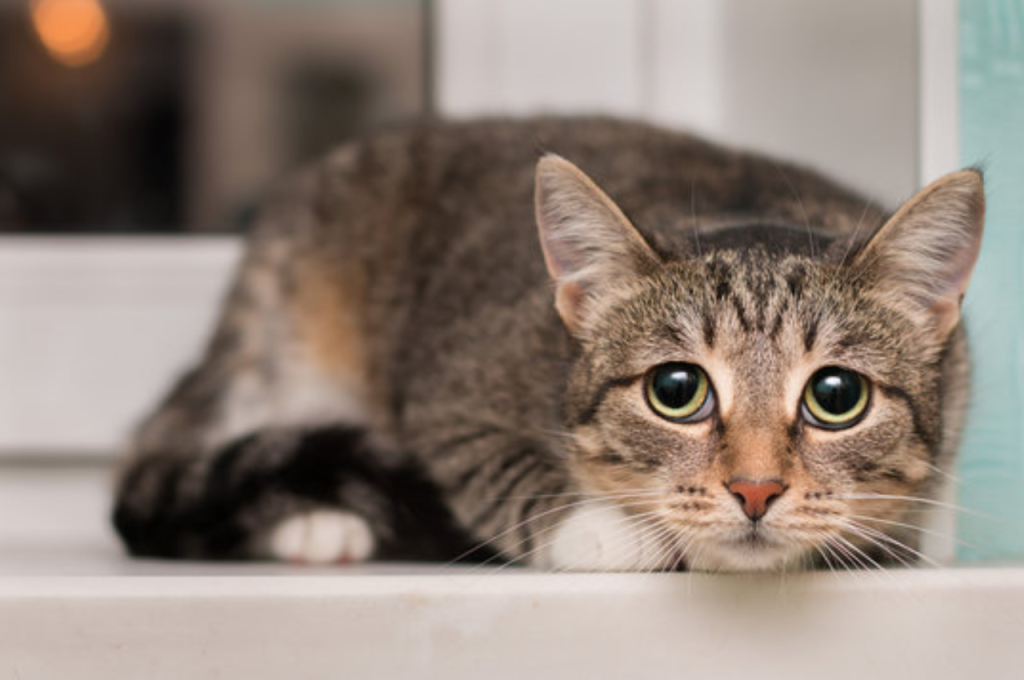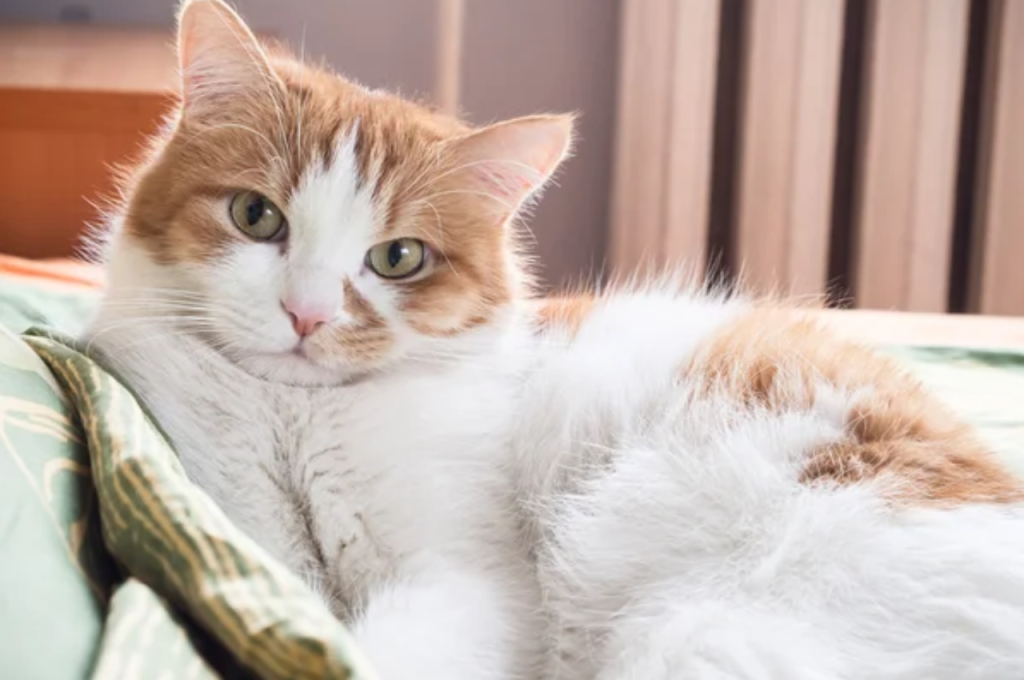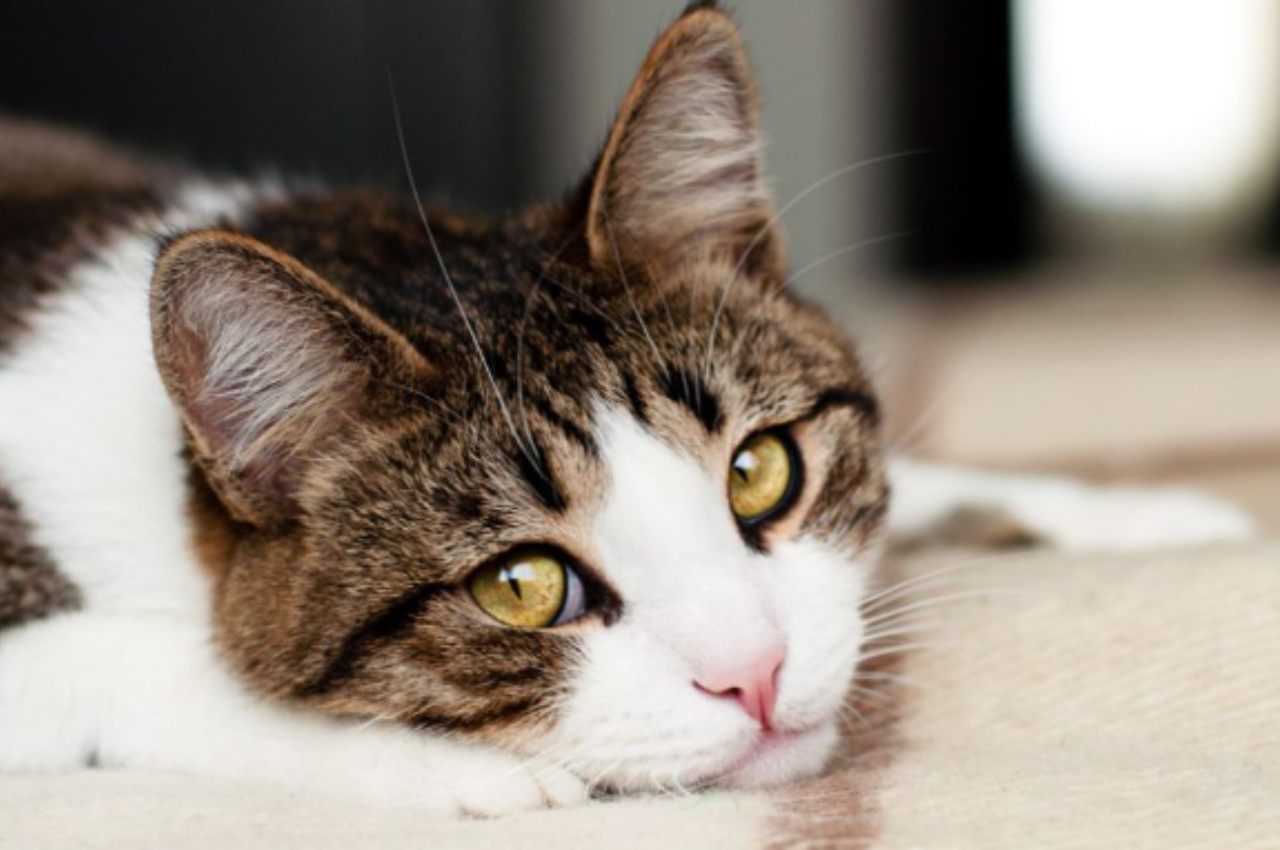If your cat is eating less, being more withdrawn, or showing changes in behavior, it may be a sign of sadness. Recognizing the signs of cat sadness is essential for providing appropriate care and support for your furry friend’s emotional well-being.
Cats are more complex creatures than many people realize, and their emotions can be similarly nuanced. While cats may not display emotions in the same way as humans, they can still experience sadness and depression. It’s important to be observant of your cat’s behavior and body language to determine if they are feeling down.
We will discuss several signs that indicate your cat may be sad and provide tips on how to help them feel better. By understanding your cat’s emotional state, you can offer the love and support they need to thrive.
Signs of Sadness in Cats
Cats, with their subtle expressions and enigmatic behavior, can sometimes leave us wondering about their emotional state. While cats may not show sadness in the same way humans do, they can experience feelings of melancholy or distress. Understanding the signs of sadness in cats can help us provide the support and care they need.

Changes in Behavior
A cat may exhibit changes in behavior such as hiding, excessive meowing, or being more withdrawn than usual. These shifts in behavior could indicate underlying issues such as stress, illness, or discomfort.
Loss of Appetite
If your cat experiences a loss of appetite, it could be a sign of sadness. Watch out for decreased interest in food or treats.
Excessive Grooming
Cats may engage in excessive grooming as a coping mechanism when they are feeling sad or stressed. This behavior, known as overgrooming, involves the cat repeatedly licking or chewing on their fur beyond what is necessary for grooming purposes.
Causes of Feline Sadness
Just like humans, cats can experience a range of emotions, including sadness. Cat owners need to be sensitive to their feline companions’ emotional well-being. If you notice signs of sadness in your cat, such as changes in behavior or temperament, it’s worth understanding the possible causes. Here are a few common factors that can contribute to feline sadness:
Lack of Stimulation
Cats are naturally curious and active creatures. They thrive in environments that provide plenty of mental and physical stimulation. When a cat lacks stimulation, it can lead to boredom and subsequent sadness. Cats that are confined indoors without adequate opportunities for play, exploration, or social interaction can become depressed. Cat owners need to create an enriching environment that includes plenty of toys, scratching posts, and perches. Engaging with your feline friend through interactive play sessions can also help alleviate feelings of sadness.
Changes in Environment
Cats are creatures of habit and can be sensitive to changes in their environment. Major disruptions, such as moving to a new home or the addition of a new family member, can cause feelings of anxiety and distress in cats. These changes can result in a prolonged state of sadness. To help your cat navigate through these transitions, provide familiar objects, such as bedding or toys, from their previous environment. Establishing a routine and offering extra reassurance, attention, and affection can also help alleviate their sadness.
Health Issues
Physical health problems can also contribute to feline sadness. Cats that are unwell or in pain may display behavior changes indicative of sadness. Conditions such as arthritis, dental issues, or gastrointestinal problems can cause discomfort and impact a cat’s overall well-being. Regular veterinary check-ups are essential to ensure the early detection and treatment of any underlying health issues. By addressing these problems promptly, you can improve your cat’s physical and emotional state, potentially reducing feelings of sadness.
Creating A Happy Environment
Cats communicate sadness through subtle cues like decreased appetite or excessive hiding. To create a happy environment, provide toys, playtime, and a comfortable space for your feline friend. Regular interactions and a reassuring routine can help gauge and uplift your cat’s mood.

Creating a happy environment for your feline friend enriches their space cats thrive in a stimulating environment that allows them to exercise their instincts. To create a happy space for your cat, provide interactive toys that encourage hunting and play. Consider setting up cat-friendly furniture and shelves for climbing and resting, as well as hiding spots for a sense of security. Rotating toys can keep them engaged and avoid boredom.
Establishing Routine – Cats thrive on predictability, and establishing a routine can provide them with a sense of security. Ensure that you maintain consistent meal times and keep the litter box clean and accessible. Creating a designated sleep area can help them feel safe and establish a daily routine.
Social Interaction – Social interaction is vital for your cat’s emotional well-being. Set aside daily playtime, as this allows them to release energy and fosters a strong bond with you. Grooming and petting sessions provide physical contact and reassurance. If your cat enjoys the company of other felines, consider adopting a companion to fulfill their social needs.
Seeking Professional Help
Sometimes, despite your best efforts, your cat might still be exhibiting signs of sadness that are beyond your ability to address. Seeking professional help from a veterinarian or a behavioral specialist can provide the expert guidance needed to help your feline friend.
Consulting A Veterinarian
If you notice persistent changes in your cat’s behavior or mood, reaching out to a veterinarian is crucial. A thorough physical examination can rule out any underlying medical conditions that may be contributing to your cat’s sadness. A veterinarian can offer advice on dietary changes or prescribe medications if necessary.
Behavioral Specialists
When standard veterinary care doesn’t alleviate your cat’s emotional distress, consulting a behavioral specialist is the next step. These professionals are skilled in identifying and addressing behavioral issues in cats, providing guidance on environmental enrichment, and developing customized behavior modification plans to help improve your cat’s emotional well-being.
Benefits of Addressing Cat’s Emotions
Recognizing your cat’s emotions can aid in providing proper care. Signs of sadness include decreased appetite and low energy levels. Addressing these emotions promptly can improve your cat’s overall well-being and strengthen your bond.
Addressing your cat’s emotions and ensuring their overall well-being can have numerous benefits that extend beyond just their happiness. By recognizing and addressing any sadness or emotional distress that your feline friend may be experiencing, you can:
Improving Overall Well-being
When you take the time to understand and address your cat’s emotions, you significantly improve their overall well-being. A sad cat may exhibit various symptoms such as eating less, decreased activity levels, excessive sleeping, or withdrawal from social interaction. By acknowledging their sadness and taking appropriate measures, such as providing stimulating toys or engaging in playtime, you can help alleviate their emotional distress and improve their overall quality of life.
Ensuring your cat’s well-being also involves monitoring their physical health. Oftentimes, emotional distress can manifest as physical symptoms, such as changes in appetite, digestive issues, or excessive shedding. By addressing their emotions, you can detect any potential health concerns early on and seek proper veterinary care.
Strengthening Bond With Your Cat
By understanding and addressing your cat’s emotions, you strengthen the bond between you and your furry companion. Cats are highly sensitive creatures, and they deeply appreciate the attention and care you provide. When you acknowledge their emotions and respond accordingly, you create a sense of trust and security. This, in turn, fosters a stronger and more fulfilling relationship between you and your cat.

Investing time in your cat’s emotional well-being can also lead to a more affectionate and sociable pet. A happy cat is more likely to seek out interaction, snuggle up in your lap, and engage in playtime. By addressing their emotions, you create an environment where they feel loved, valued, and understood.
Conclusion
Understanding your cat’s emotions, especially if they are sad, is crucial for their well-being. By observing their behavior, such as changes in appetite, grooming habits, and social interactions, you can gain insight into their emotional state. Remember to provide a loving and supportive environment for your feline friend, offering plenty of playtime, toys, and attention, to help uplift their mood.
Keep an eye out for any prolonged sadness or signs of depression, and consult a veterinarian if necessary. Your cat’s happiness and health are worth it!
